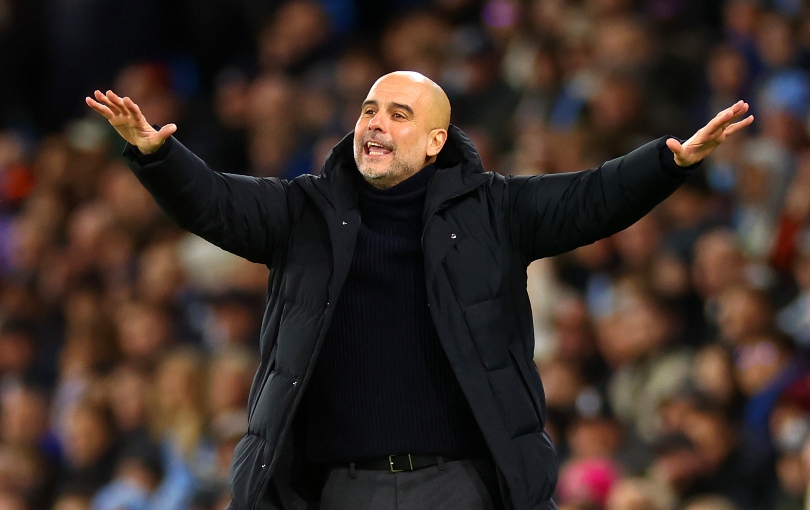
If I’d have to choose one word that ignites memories from my junior football career more than any other – it would be ‘shape’.
Struggling to sleep at night I can still hear, my first coach bellowing ‘keep the shape’ from the touchline. It was instilled into our under-9s team and that instruction still reverberates in my head when playing today.
In that team we were given a simple message. To be successful, keeping our shape was a non-negotiable. If we didn’t have our shape, we had nothing. Well, not nothing, just another muddy, slightly grumpy car journey home after a Saturday morning defeat.
But what exactly is ‘shape’, is it important and how do teams keep it?
What is shape?
Shape is the framework of how the team is set-up with and without the ball. The theory is that a formation of the ten outfield players in a football team will create a shape.
Even if a team isn’t aiming to stay closely to their formation, they will still be creating a pattern that loosely resembles a shape of some kind. At least when set out by coaches using those magnetic tactics boards.
MORE TACTICS: The GENIUS Way Man United Beat Liverpool At Their Own Game
If everyone knows their roles within a team and where they need to be on a field, the team can be said to be ‘in shape.’ Shape is vital to the amount of creative freedom each player is given.
If the outfield players are sticking rigidly to the manager’s instructions - in terms of where they should be, how they should defend and how they should use the ball; don’t expect too much in terms of individual expression. But you don’t have to stick closely to formation or other elements of the gameplan to be ‘in shape.’
Team shape can also be fluid, allowing players to roam around the pitch and take up certain positions depending on where the ball is, and who has it. A prime example is Pep Guardiola’s Manchester City.
It may sound counterintuitive, but Guardiola’s treble winners are expert at maintaining their shape in a fluid manner. They rotate positions throughout the game, but whenever an inverted full-back drops into a midfield or Phil Foden drifts inside to create space, their teammates will adjust accordingly.

What are the pros and cons of keeping team shape?
Ultimately this depends on the quality of the eleven you have on the pitch. There is a theory that the best players can often flourish without being inhibited by too much tactical instruction.
Ruud Gullit recalled that manager Arrigo Sacchi once told his formidable early 1990s AC Milan side, ‘you’re the best collection of players in the world, if you aggressively press the opposition, we’ll win.’ Sacchi knew the importance of maintaining an organised shape without the ball. In his case he ensured the gap between the defence and midfield lines was never greater than 30 metres.
But with the ball, Sacchi had players like Gullit, Marco van Basten and Roberto Donadoni. In this scenario they didn’t need a disciplined shape. Of course tactical trends in football shift with time. Today Guardiola has a very specific shape in mind for his teams, even when they have possession.
Not everyone can have the same fluid team shape as Manchester City. But regardless of whether the structure of your team is flowing like the treble winners or rigid as Tony Pulis’ Stoke City – the key point is to ensure that every player knows where he/she has to be at any moment.
That is the fundamental principle of ‘shape’ – get the team to stick to it.
Just as the opposition take a goal kick, I’ll still find myself shouting ‘shape’ at disinterested teammates every weekend for my amateur side, usually before an exasperated sigh. It may be 20 years on from first hearing that imploring instruction from the touchline, but it remains programmed into me and will remain my rallying cry.







